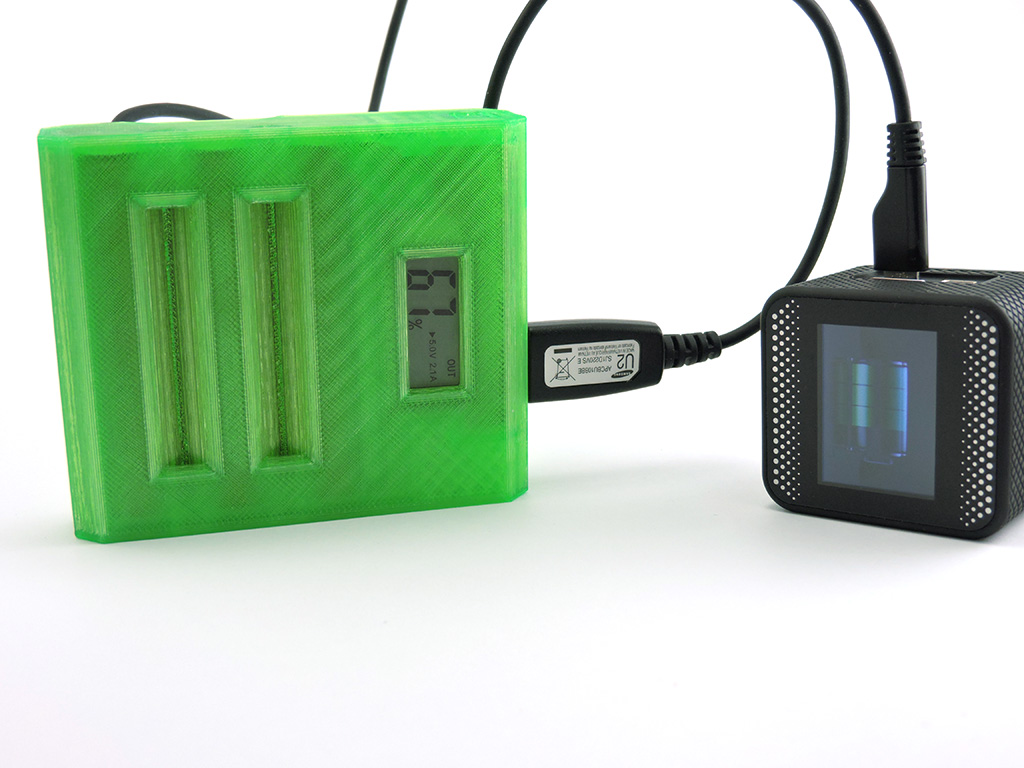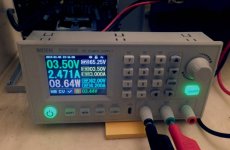Hello,
I would like to make an external battery (powerbank) in wood with 18650 PANASONIC NCR18650B 3400 mAh batteries. The goal is to have a high-performance and reliable battery over time. I would like to use 6 batteries to build this Power Bank, however I have several questions about its realization.
Specification: I need the battery pack to deliver a voltage of 5V under 2-5A (I'll probably need a buck converter to raise or lower the voltage).
My questions:
What is the best configuration in order to have optimal performance for autonomy, 1S6P, 2S3P?
What is the more efficient method, step-up or step-down the voltage?
Which reliable BMS do you recommend me for this project?
Thank you in advance for your future answers and wish you a good day!
I would like to make an external battery (powerbank) in wood with 18650 PANASONIC NCR18650B 3400 mAh batteries. The goal is to have a high-performance and reliable battery over time. I would like to use 6 batteries to build this Power Bank, however I have several questions about its realization.
Specification: I need the battery pack to deliver a voltage of 5V under 2-5A (I'll probably need a buck converter to raise or lower the voltage).
My questions:
What is the best configuration in order to have optimal performance for autonomy, 1S6P, 2S3P?
What is the more efficient method, step-up or step-down the voltage?
Which reliable BMS do you recommend me for this project?
Thank you in advance for your future answers and wish you a good day!



